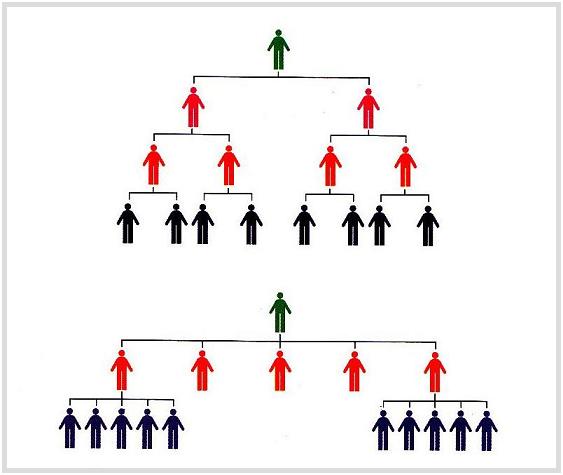A line and staff organization is a mixture of the line as well as staff organization.
Line organization points out direct vertical relationships, i.e., superior-subordinate relationship connecting the positions at each level. It forms a chain of command or hierarchy of authority on scalar principles. A line relationship is simply known as a relationship of authority between the superior and subordinates in a hierarchical arrangement. The direct line superior has control over his immediate subordinates. In this case, authority flows downward and accountability goes upward in a straight line. The work also flows in a direct line. The line offices are responsible for accomplishing basic objectives, so that they can issue orders and implement plans and policies with the help of their subordinates.… Read the rest


